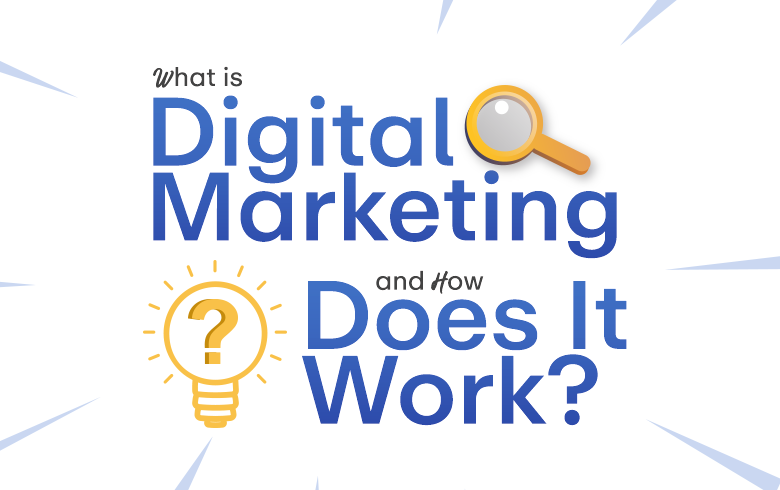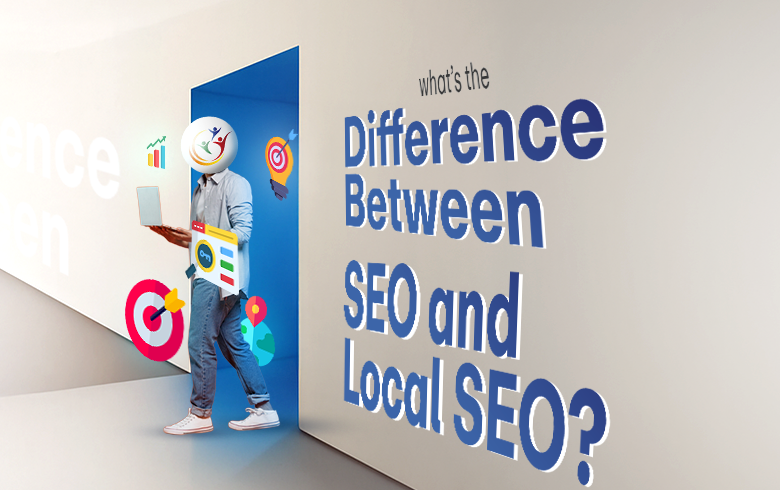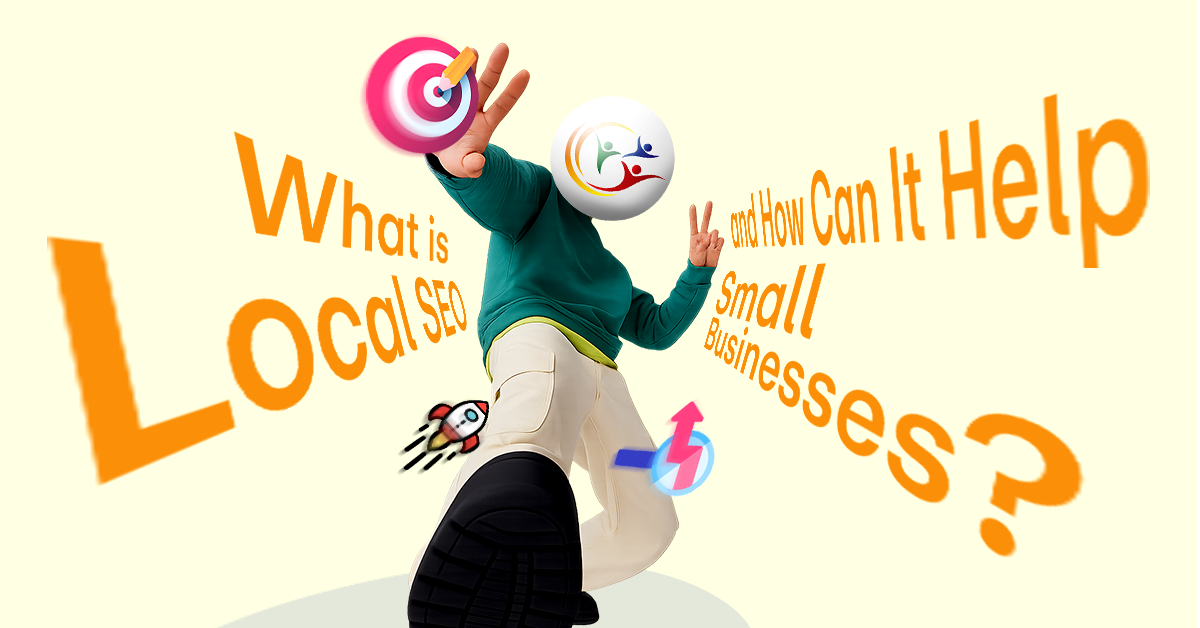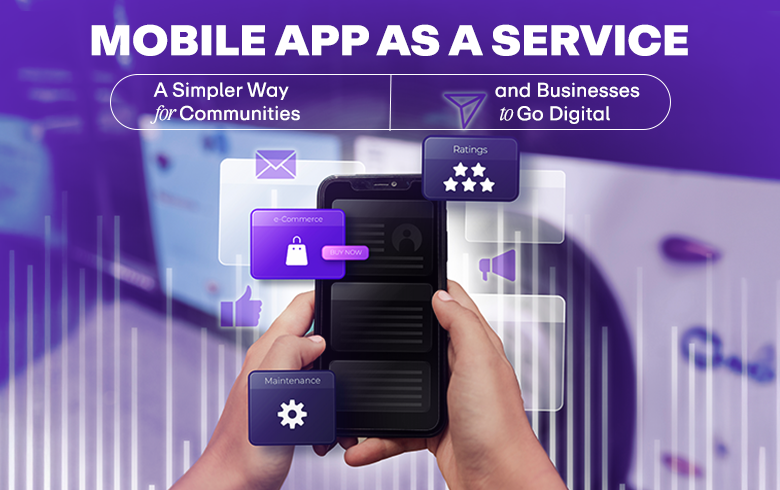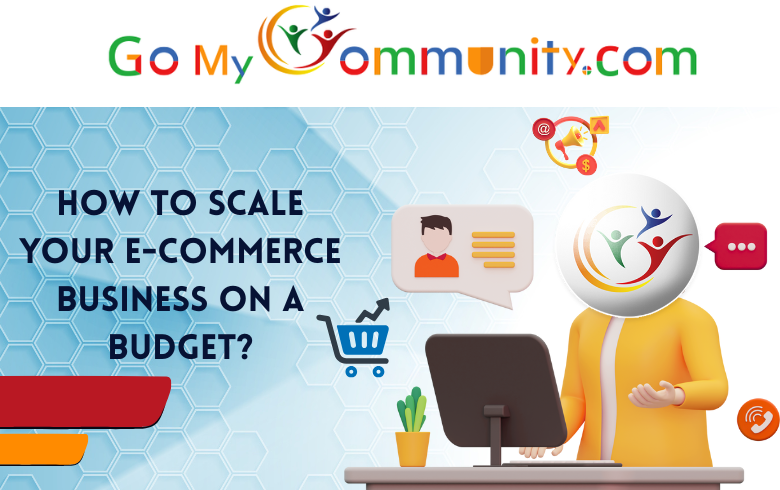Scaling an e-commerce business sounds exciting but when you’re working with a tight budget, it can feel overwhelming. The good news? You don’t need a massive marketing team or a six-figure investment to grow. What you do need is clarity, consistency, and creativity.
Scaling on a budget teaches you how to be strategic. Every rupee or dollar counts. Every decision matters. And that’s actually a good thing because it forces you to build smarter, not just bigger.
The best part? These scrappy strategies don’t just work for now—they set the foundation for long-term, sustainable growth.
So if you’ve been holding back because of limited funds, it’s time to shift your mindset. You’re not under-resourced you’re just one smart move away from your next growth spurt.
In this guide, we’ll walk you through How to Scale E-Commerce Business on a Budget?using practical, affordable, and effective strategies that anyone can apply.
Table of Contents
What Does It Mean to Scale Your E-Commerce Business?
Before diving in, let’s clarify what scaling means. Scaling your E-Commerce Business is about growing your sales and operations without burning through your resources. It’s different from just “growing”—scaling focuses on efficiency and sustainability.
You want more sales, more customers, and more reach—without increasing costs at the same rate.
Step 1: Focus on What’s Already Working
One of the smartest ways to scale E-Commerce Business is to double down on what’s already working.
- Look at your best-selling products.
- Check which traffic sources are bringing in the most sales.
- Identify your highest-performing marketing channels.
Once you know what works, you can amplify those results. For example:
- Run retargeting ads for your best-selling product.
- Create bundles or upsells around high-demand items.
- Promote winning products more frequently on social media.
This way, you’re scaling without guessing—you’re building on proven success.
Step 2: Use Budget-Friendly Tools
You don’t need expensive software to manage or market your store. Here are some low-cost or free tools to help scale your e-commerce business efficiently:
- Canva (Free/Paid): For professional product images and social media content.
- Mailchimp or MailerLite (Free tier): For email marketing automation.
- Google Analytics: To track your website traffic and sales behavior.
- Buffer or Later: For scheduling your social media posts.
- Shopify Apps or WooCommerce plugins: Many have free versions with great features.
Using smart tools lets you automate tasks and save time and money—two key factors when you’re scaling on a budget.
Step 3: Optimize Your Product Pages
Your product pages are where the magic happens. They either convert visitors—or they don’t. So improving them can make a big difference in how you Scale E-Commerce Business.
Here’s how to optimize without spending extra:
- Use clear, high-quality photos (natural light works wonders).
- Write simple, benefit-focused descriptions.
- Include social proof—like reviews and ratings.
- Make sure your call-to-action buttons (like “Add to Cart”) stand out.
Also, ensure your pages load fast and look great on mobile. Free tools like Google PageSpeed Insights can help.
Step 4: Start or Improve Email Marketing
Email marketing is one of the cheapest and most powerful ways to scale. Why? Because once you capture a customer’s email, you can market to them again and again—without paying ad fees.
Here’s how to get started:
- Offer a simple discount popup for new visitors (like 10% off).
- Set up a welcome email series to introduce your brand.
- Send weekly or bi-weekly emails with:
- Product updates
- Sales
- Customer stories
- Helpful tips
- Product updates
Over time, email becomes your secret weapon in learning how to scale your e-commerce business consistently.
Step 5: Get Active on Organic Social Media
Social media is free real estate if you know how to use it right. You don’t have to be everywhere—just pick one or two platforms where your audience hangs out.
For example:
- If you sell fashion or beauty: Instagram, TikTok, and Pinterest work well.
- If you sell gadgets or tech gear: Facebook or YouTube could be better.
Post a mix of:
- Behind-the-scenes videos
- Product demos
- Customer reviews
- Quick tips or lifestyle content
Use relevant hashtags and encourage user-generated content by asking your customers to tag you.
Consistency matters more than perfection. And it’s one of the most budget-friendly ways to scale your e-commerce business without running ads.
Step 6: Offer Upsells & Bundles
When someone is already buying from you, they’re more likely to buy again—especially in the same moment.
You can:
- Suggest a related product on the cart page
- Offer a “Buy 2, Get 1 Free” deal
- Create a discounted bundle of 2-3 popular products
This increases your average order value, so you make more without needing new customers—a smart trick in scaling on a budget.
Step 7: Partner with Micro-Influencers
Big influencers charge big bucks. But micro-influencers (those with 1,000–10,000 followers) often work with small businesses for free products or small fees.
Look for people whose audience matches your target customer. Reach out with a personal message and ask if they’d like to try your product and share it.
One authentic review or mention can drive hundreds of new visitors—making it an affordable way to scale your e-commerce business in 2025.
Step 8: Track Your Numbers (Even the Small Ones)
You don’t need fancy analytics to scale—you just need to track:
- Traffic: Where are your visitors coming from?
- Conversion rate: How many are buying?
- Top-selling products: What’s popular?
- Cart abandonment: Who’s leaving and why?
By understanding these simple metrics, you can make better decisions—and better decisions lead to smart scaling.
Learning how to scale your e-commerce business on a budget isn’t about spending more. It’s about being smart, focused, and consistent.
Let’s quickly recap the budget-friendly ways to scale:
- Focus on what’s working
- Use affordable tools
- Improve your product pages
- Start email marketing
- Grow on social media
- Offer upsells and bundles
- Partner with micro-influencers
- Track the basics
You don’t need to do everything at once—start small, stay consistent, and you’ll see real growth over time.
Ready to Scale Without Breaking the Bank?
If you’re serious about learning how to scale your e-commerce business, remember: consistency beats intensity. Focus on small, smart steps—and before you know it, you’ll be building a brand that lasts.
Related: How to Rank Your E-Commerce Website?
Starting an E-Commerce Business in 2025: Everything You Need to Know





